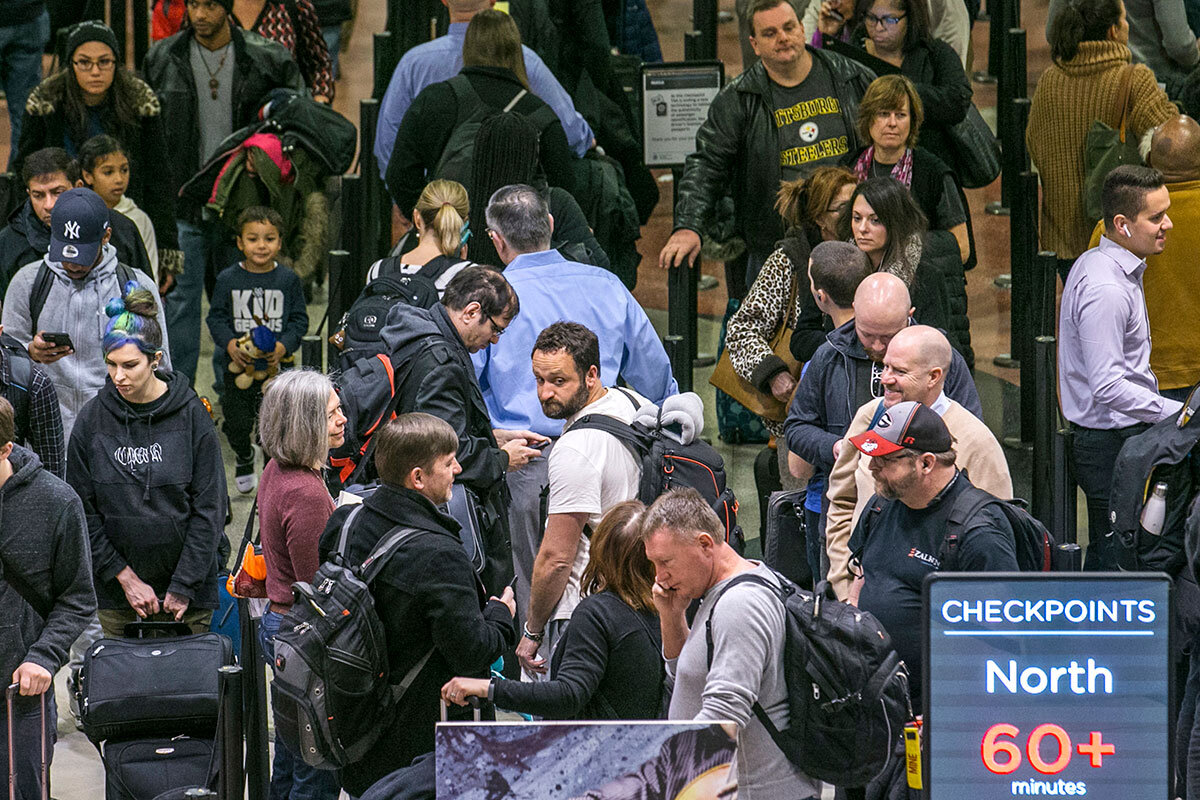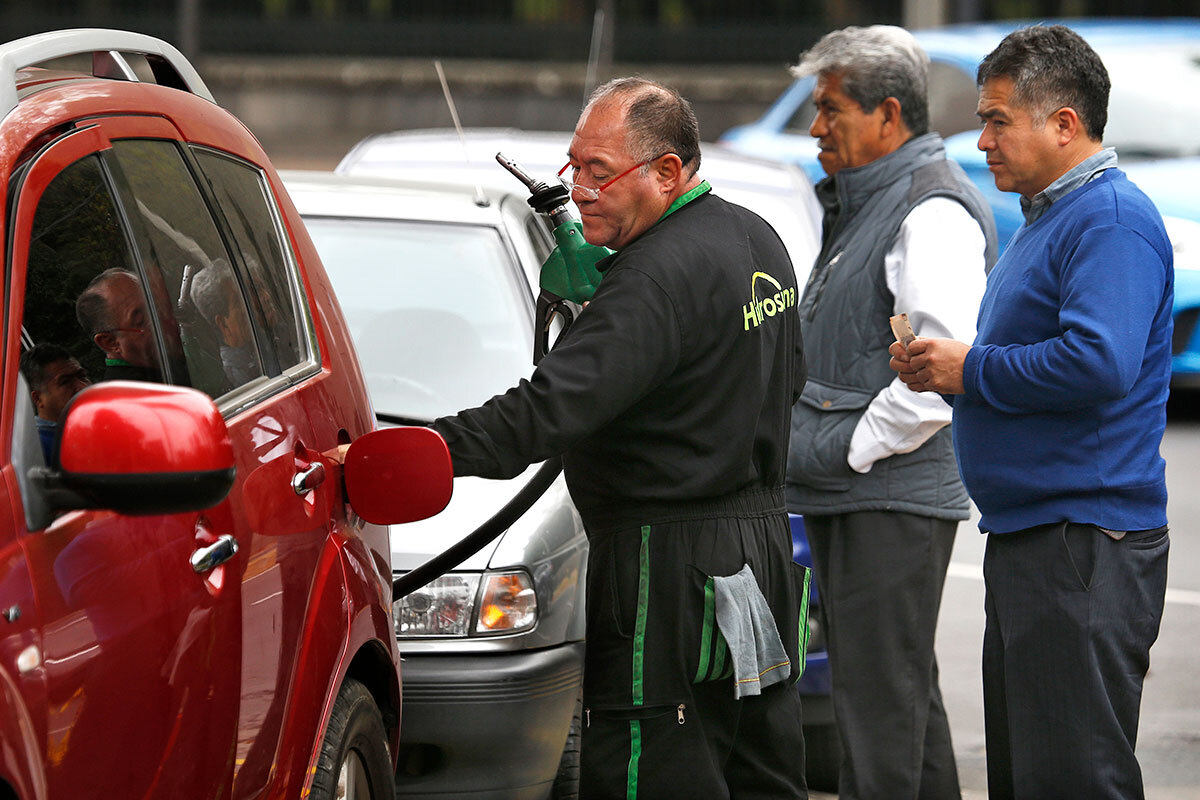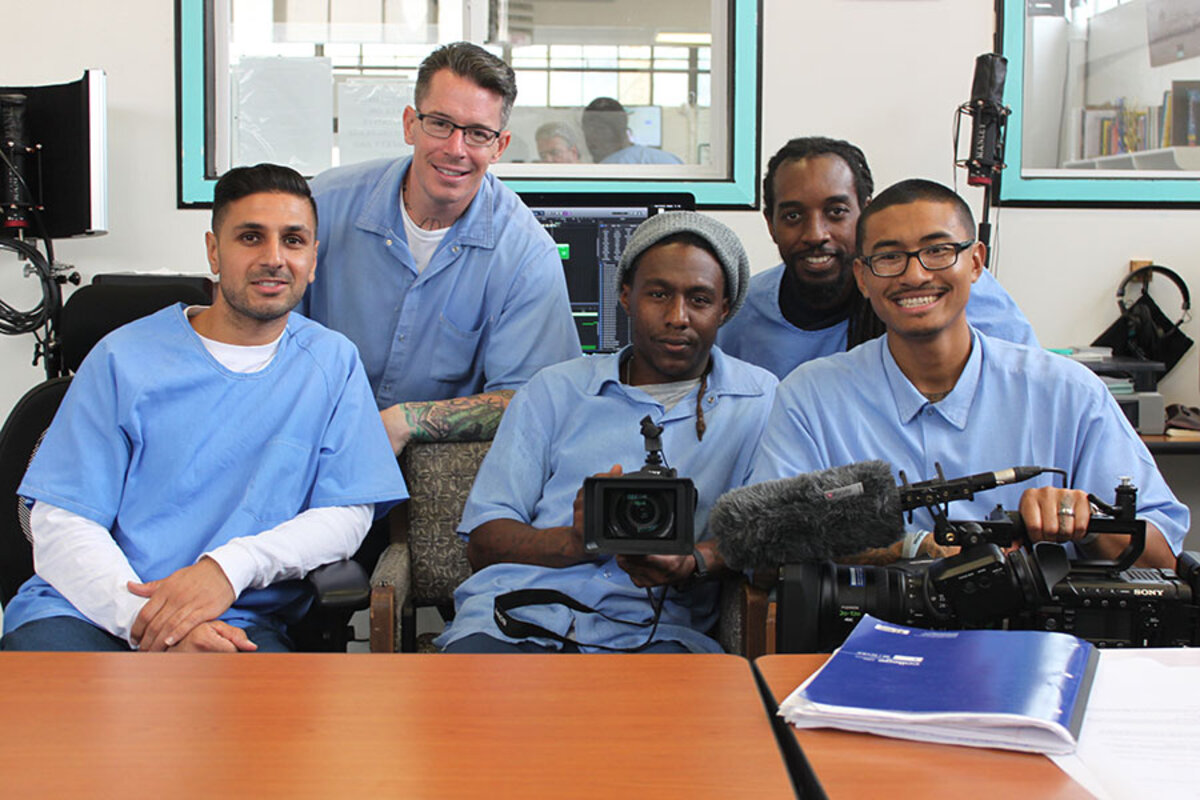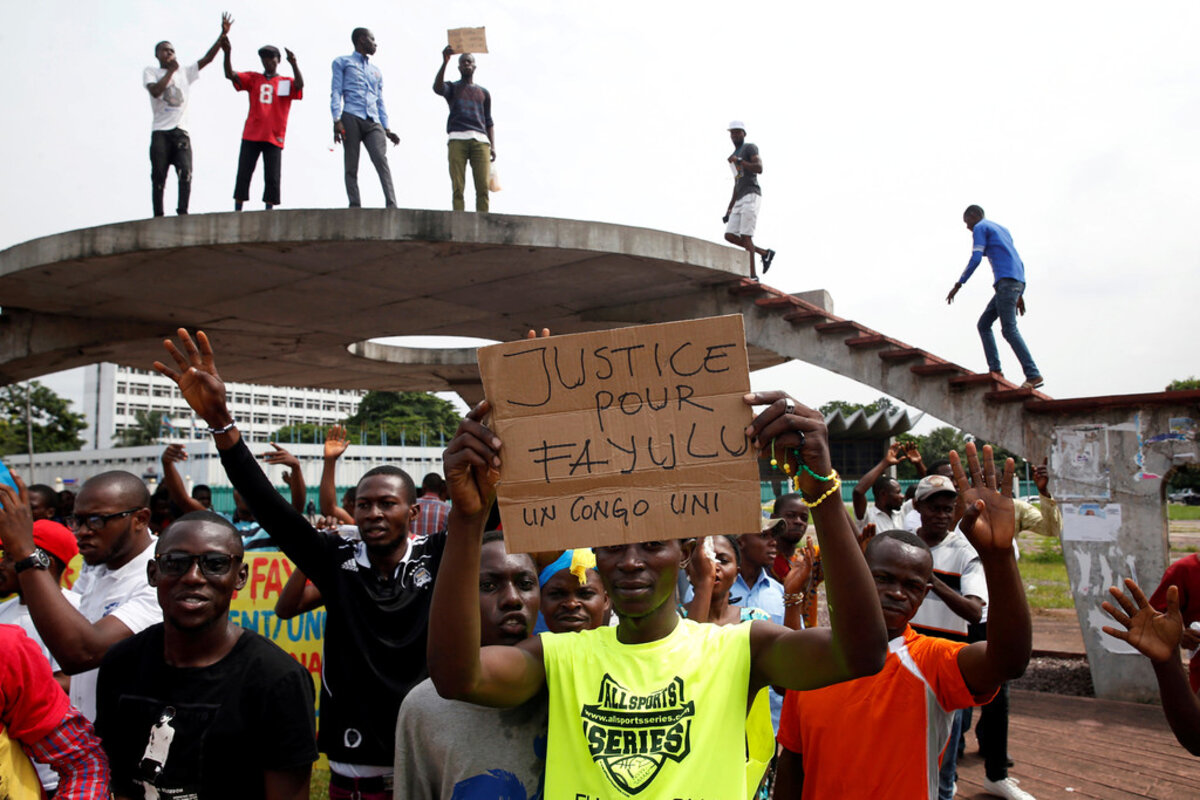Compelling people to work without pay is fast becoming more than a legal issue for the federal government. Viewed as a social compact, it raises serious ethical questions too.
Monitor Daily Podcast
- Follow us:
- Apple Podcasts
- Spotify
- RSS Feed
- Download
 Clayton Collins
Clayton Collins
Reading the releases of the organization Human Rights Watch is like scanning a police blotter of the world’s toughest neighborhoods.
Consider these from overnight: protests quashed in Sudan, asylum-seekers detained in Libya, garment workers’ rights again trampled in Pakistan.
It’s not as though you couldn’t also find small embers of optimism and amazement to fan this week – a week in which US leaders got coldly personal and punitive as federal workers languished (more on that in a minute).
There were feats of perseverance. A woman named Dhanya Sanal summited a 6,100-foot mountain in India’s Kerala state that had been restricted, by custom, to men. British ultrarunner Jasmin Paris crushed a 268-mile course in the Scottish borderlands in about 83 hours, beating a mixed-gender field (and stopping to express breast milk).
Even more notable, perhaps: That dire drumbeat from Human Rights Watch also held a surprise burst of promise yesterday. Amid all the crises, the organization chose to cite as the year’s most important trend the rising global pushback against authoritarians.
Yes, autocrats seek to impose the worst form of human hierarchy, using oppression to advance false forms of populism. But “[t]he same populists who spread hatred and intolerance are fueling a resistance that keeps winning battles,” said agency director Kenneth Roth. “Important battles are being won, re-energizing the global defense of human rights.”
Now to our five stories for your Friday, including ones from where the arts intersect with prison life and with Brexit politics.










